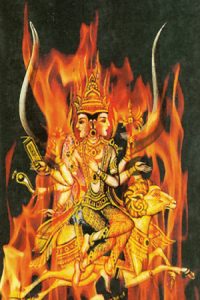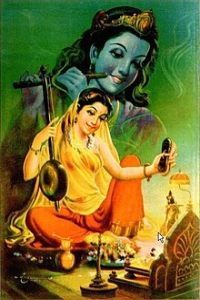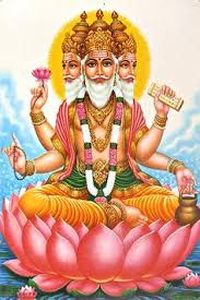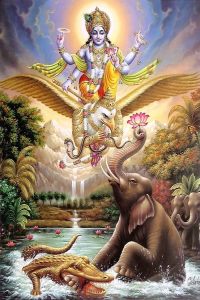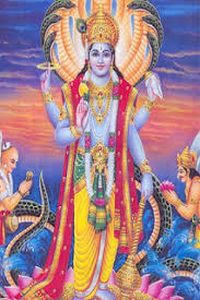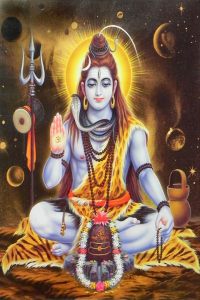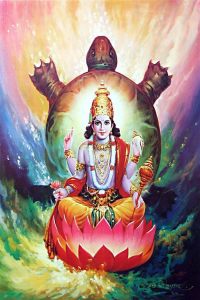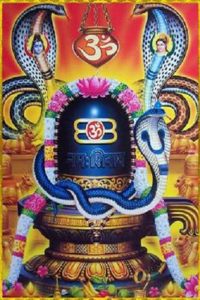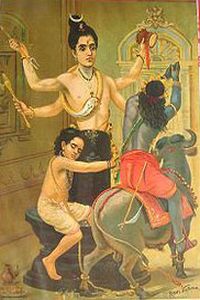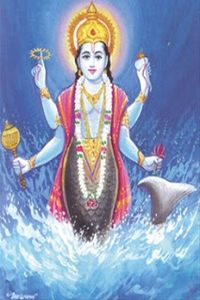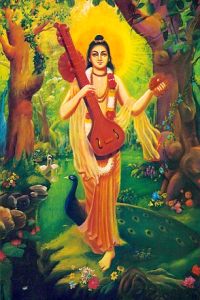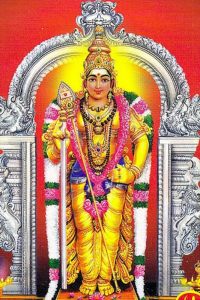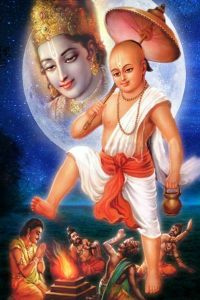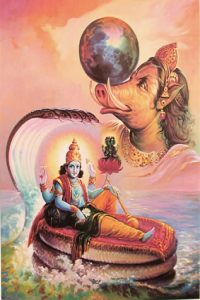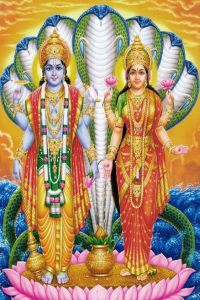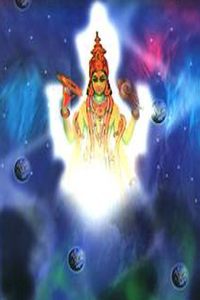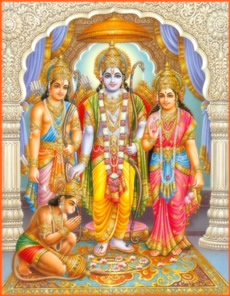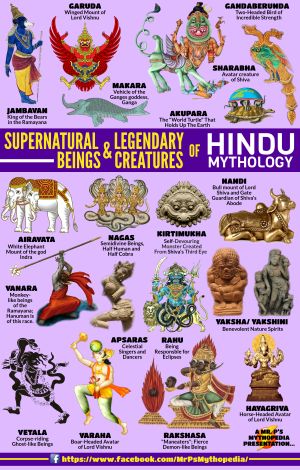CITRALEKHA – Daughter of the demon Bana
CITRAKETU – A king who longed for a son
CIRANJIVI, CIRANJIVIS – Immortals
LORD VISHNU CREATES TURBULENCES
After the churning of the ocean had been accomplished, numerous things had emerged out from the ocean. Jewels, Moon, Lakshmi, Poison, Uchchaishrava horse, Airavat elephant, Vessel containing Nectar were some of the things which emerged out from the ocean after the churning. A tremendous battle was fought between the deities…
CATUR-VARNA (CATURVARNYAM) – The four (catur) castes (varna)

The brahmin, ksatriya, vaisya, and sudra castes originated from the body of Brahma, according to the Rigveda. The later purusha (cosmic man) myth posited their origin from the self-sacrifice of the “first man,” god creating by self-division. By the late Vedic period four castes, instead of three, and a…

